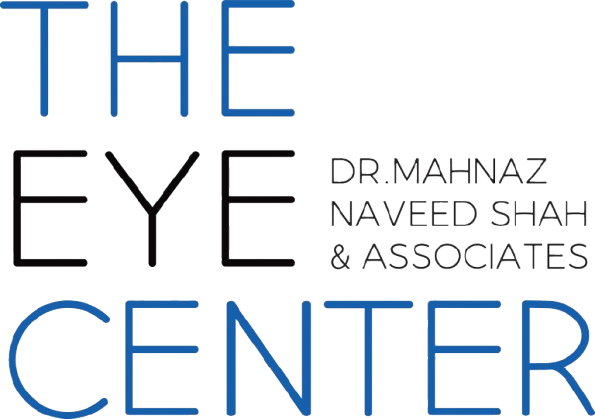In order to replace a lens that has been removed due to a cataract, an eye doctor can insert a small, plastic lens implant into your eye. Behind the iris, (the colored part of the eye)the lens is inside the eye. It aids in sharpening images and light for your eye’s iris lining. Having problems seeing is possible if the lens becomes hazy. Some people experience visual issues as the lens becomes more cloudy over time. the cloudiness that develops is known as a cataract.
Typically, the plastic lens is implanted during the cataract operation. The clouded lens of the eye was not traditionally replaced with a plastic one during cataract surgery in the past. People had to use contact lenses or glasses with thick lenses to replace their missing lens after having their eye lens removed. Now, even years after a cataract removal, a plastic lens can be placed into the eye. This procedure, whereby a lens is placed after the initial cataract removal surgery is known as secondary lens implantation.
Moreover, your surgeon might not always be able to securely insert a plastic lens into your eye during the initial procedure following an injury or complicated surgery. In this situation, after your eye heals, you might be able to undergo another procedure to implant a lens.
After having a cataract removed, persons who no longer want to wear heavy glasses or contact lenses may be able to improve their vision with secondary lens implants. Implanted lenses have a number of benefits. They do not require insertion or removal like contact lenses do. Compared to cataract glasses, they do not magnify or distort as much. In fact, even without glasses, lens implants frequently result in good distance vision. Most individuals still require reading glasses, though.
To help you unwind, a sedative will be administered. Your doctor may occasionally administer an injection to totally numb the eye. Sometimes, eyedrops or numbing gel can be used in place of the shot.
Using a specialized microscope, your medical professional makes a tiny cut in the clear part of your eye. The next step is for your healthcare provider to place a lens in your eye. Your eye may receive one or more stitches from the doctor to seal the wound. There will be a patch or shield of defense over your eye.
After surgery, you will stay in the recovery area until you are ready to leave for home, which will take around an hour. You should rest at home for the rest of the day . While your eye is recovering, keep it covered at all times with sunglasses, glasses, or an exclusive eye shield to prevent further injury.
Your provider will see you the next day to examine your eye. He or she will go over the instructions for the eyedrops that you will need to use.
At The Eye Center- Dr. Mahnaz Naveed Shah & Associates our team of eight ophthalmology subspecialists/ eye specialists, eye surgeons who are considered amongst the very best eye specialists in Karachi and in Pakistan, have the diagnostic and treatment capabilities to treat from the simplest to the most complex patients. We work hard to provide our patients with the best possible medical and surgical eye care, in a state of the art purpose built eye care facility. We offer the entire array of medical, laser and surgical treatments to help provide patients the best possible care in the most efficient, safe and ethical manner.
If you need an appointment, please contact us at 03041119544 during our working hours or leave us a WhatsApp message at +923028291799 and someone will connect with you. Walk-in appointments are also available for emergencies. We can also be reached through our web portal on www.surgicaleyecenter.org

